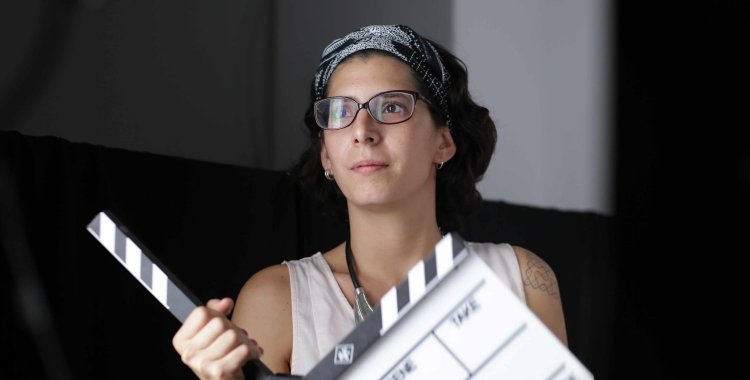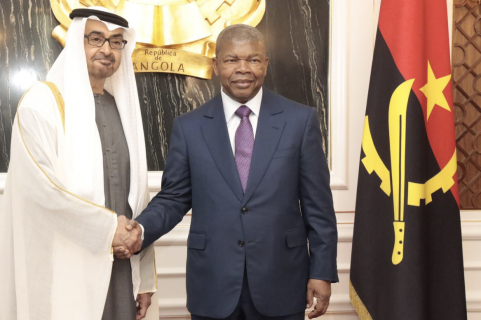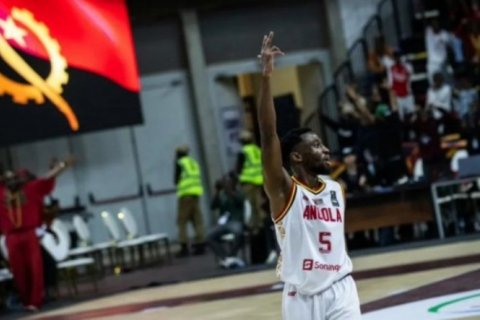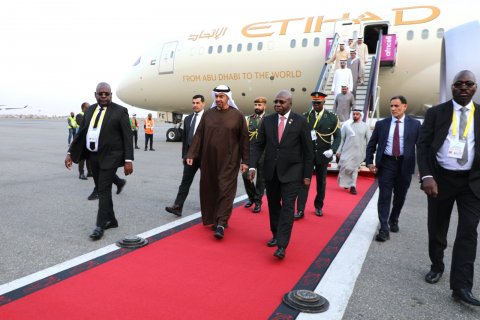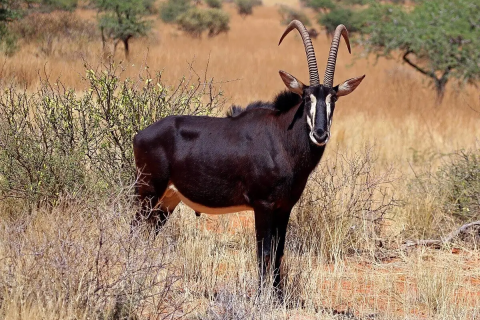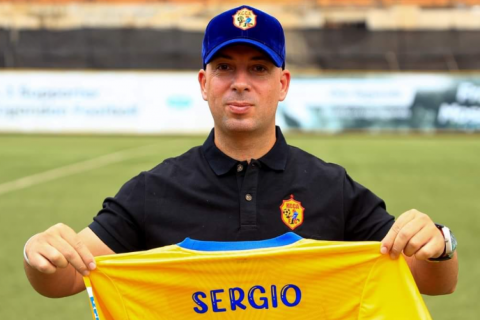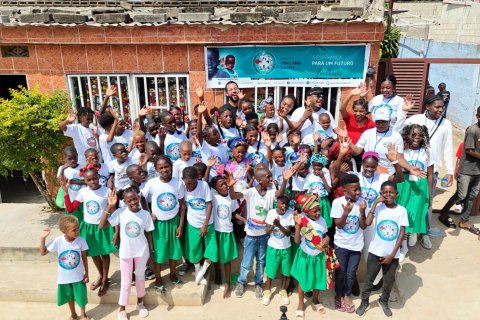It is the second documentary by Kamy Lara, 44 years old, following 2019's “Para lá dos meu Passos”, with which the Angolan director won awards at several international festivals, including Best Documentary at the Arquiteturas Film Festival Lisboa, in Portugal, and in Angola at DocLuanda.
It was the collective of artists that came up with the desire to make a film that portrayed the event that arose in 2015, when they decided to occupy the rooms of an old hotel in downtown Luanda and transform it into an exhibition space.
“It was a response to the political moment we were living in, to the way art was being made and used by institutions, it was a countercurrent movement, of rebellion against institutions”, Kamy Lara told Lusa.
This year, she recalled, “it was a complicated year” in Angola, marked by restrictions on freedom of expression, political arrests and demonstrations.
It was the year in which the famous “15+2” process took place, when a group of Angolan activists were arrested in Luanda, at a meeting where they were discussing a book about non-violent struggle, and accused of preparing a coup d'état. .
There were also turbulent international circumstances as Donald Trump prepared his rise to become the 45th President of the United States of America.
In Luanda, artists “demanded a space of more freedom” and an alternative to the Luanda Triennial, a contemporary art festival closely associated with regime figures and institutions.
“The first event of 2015 was tense, people felt some fear, there was more tension that we don't feel today”, said Kamy Lara.
“A cry of revolt, of rebellion” was what the artists heard by the Angolan director associated with a need to express themselves, not only regarding political and social issues, but also artistically.
The relationship that some of the artists maintained with that hotel in downtown Luanda – some of them lived and worked in the modernist building from the 1950s, which at the time was already decadent and associated with prostitution – facilitated the choice of space that continues today to host events linked to culture. .
“It is still a space with a very artistic dynamic”, despite the permanent threat of being sold, commented Kamy Lara.
Kiluanji Kia Henda, Tho Simões, Toy Boy, Mussunda Nzombo or Pamina Sebastião are some of the artists who talk about their experiences on “Fuckin’Globo”, with seven editions held since 2015 and suspended since 2021.
Kamy Lara said that the documentary leaves open a return of “Fuckin'Globo”, but admitted that the probability of it continuing “is low” due to the fact that its promoters do not want the event to “become an institution”, considering that “a cycle has closed”.
Luanda, she maintained, continues to have an interesting intellectual and cultural movement, although perhaps less rebellious in a social and political sense, said Kamy Lara, highlighting that the new generation of artists is experiencing a more introspective moment.
“I feel that the themes are more internal and individual, the things that are being created today have more to do with personal, individual questions, I think it is part of the moment we are living in the world”, she said.
After Angola, the documentary should arrive in Portugal in December.
“We have received many requests, not only because there are a large number of Angolans linked to the artistic world living in Portugal, but also for the Portuguese public who are interested in Angola and African art. We are organizing an exhibition for December,” she said.

